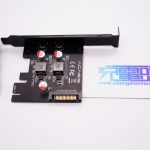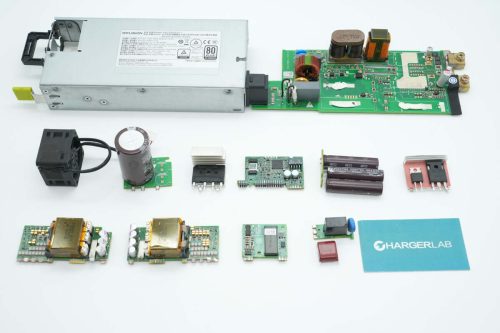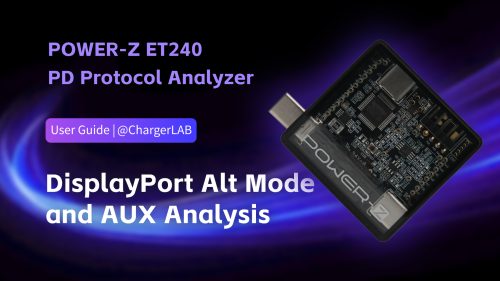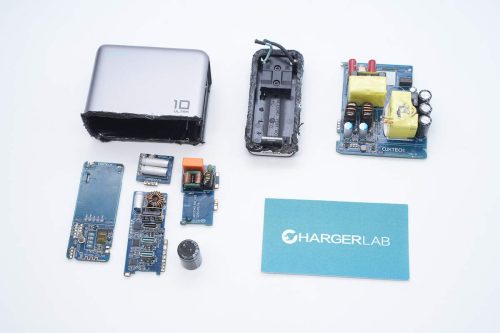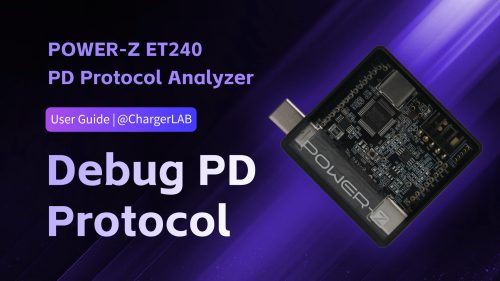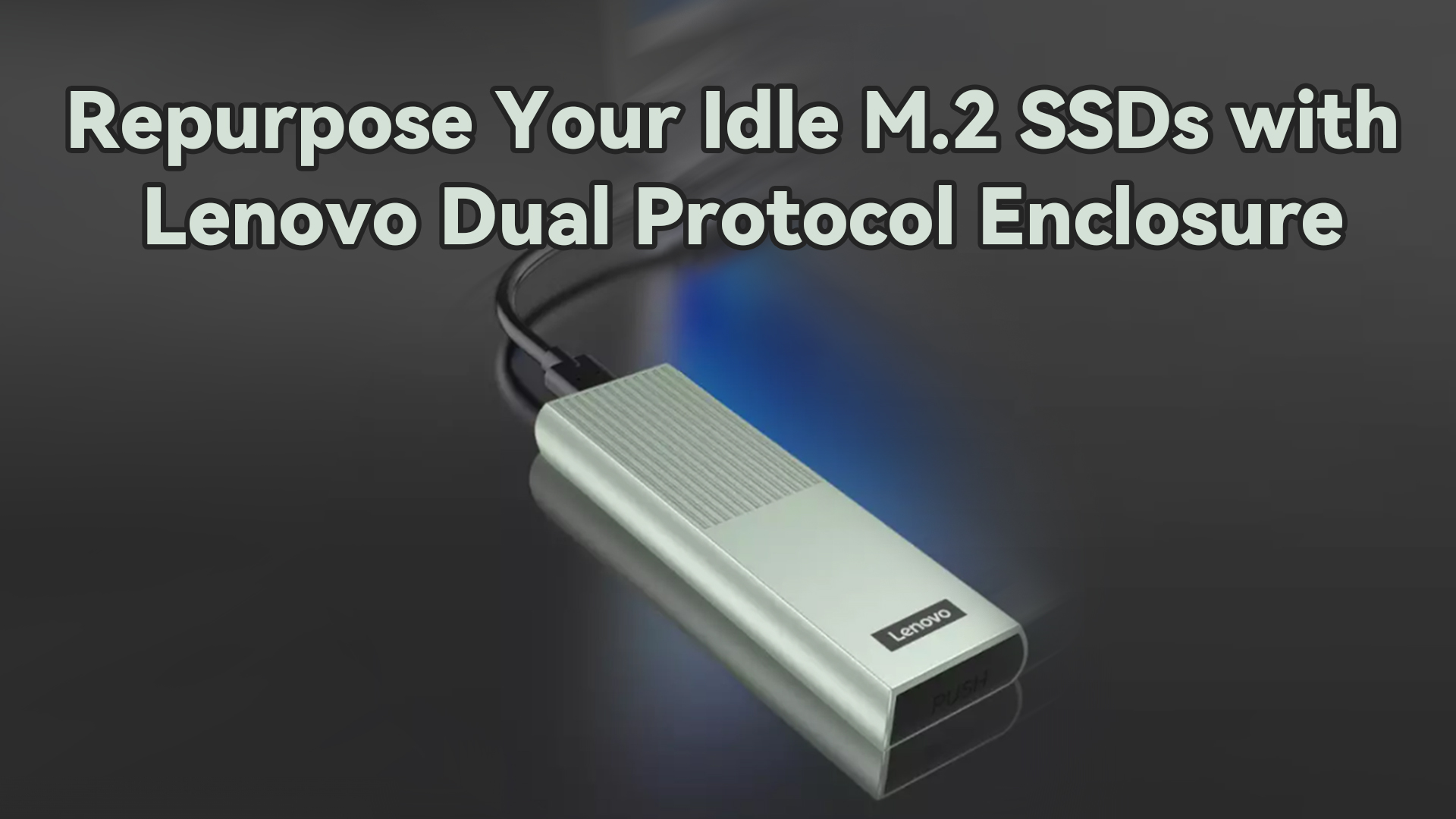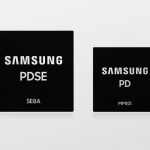ACASIS focuses on the storage peripherals of computers. It has launched several Thunderbolt 4 ultra-high-speed accessories to be at the forefront of the industry. Recently, ACASIS has launched an expansion accessory that allows desktop computers to have two PD fast charging output ports instantly, which is exactly the ACASIS PCI-E fast charging expansion card.

The ACASIS PCI-E fast charge card is close to the standard PCI-E expansion card. The short pin of the PCIe-X1 is used as a fixed insertion point and does not take power through the motherboard. There is also an optional half-height baffle in addition to the standard height baffle, suitable for standard ATX, MATX, and even ITX.

After carefully check the component layout of the PCI-E fast-charging card, we found that it adopts the completely independent two-way fast charge design, which is composed of two step-down converters, Zhirong SW3522, with the built-in protocol. They do not interfere with each other at the same time. Zhirong SW3522 is the highly integrated multi-protocol step-down fast charging solution. It integrates a 3.5A high-efficiency synchronous step-down converter, supporting multiple fast-charging protocols, such as PPS, PD, QC, AFC, FCP, SFCP, and CC/CV modes, and has a complete protection function.

There are two USB-C output ports on the baffle, which support PD fast charging output simultaneously. The dual ports are entirely independent, and the power is 20W + 20W, the total output power is 40W.

In terms of power, although the ACASIS PCI-E fast charge card uses an X1 length socket and is also inserted into the motherboard’s PCI-E, the golden finger is not printed. The fast charge card does not take power through the motherboard but adopts the SATA to power it, which is the power interface of common hard disk drive. To avoid burdening the motherboard, the motherboard is only used to fix it. It can be set inside the chassis through screws and chassis openingseven if the motherboard does not have redundant interfaces.
INTEL defines the maximum operating current of the SATA interface as 4.5A. According to the maximum input power limit of 12V 4.5A 54W, the maximum output power of the ACASIS PCI-E fast charge card is 44W (only 40W in most scenes) and left enough margin for daily use.

Use the ChargerLAB POWER-Z KT002 USB tester to read the PDO message of the ACASIS PCI-E fast charging card. It supports the blind insertion for both ports, and the specification of the two ports are the same. It is developed based on the USB PD 3.0 fast-charging standard, with three fixed voltage outputs of 5V3A / 9V2.22A / 12V1.67A, and there are two sets of PPS voltage subsets of 3.3-5.9V3A / 3.3-11V2.22A, having excellent compatibility with phones.

In addition to the USB PD protocol, the ACASIS PCI-E fast charging card also comes with Apple 2.4A, Samsung 5V2A, QC3.0, QC2.0, QC4+, DCP, AFC, FCP, and other common fast-charging protocols, which can be used to fast charge themainstream digital products on the market.
The ACASIS PCI-E fast charging card has dual independent circuits for PD fast charging, supports 20W+20W independent fast charging output, and the total output power is 40W. Using the SATA to power it will not burden the motherboard. The regular height PCI baffle and half-height baffle support the use of standard chassis and ITX chassis, so that the computer can have two fast-charging ports, which is convenient for mobile phones, such as iPhone 12, to fast charge on the desktop.

